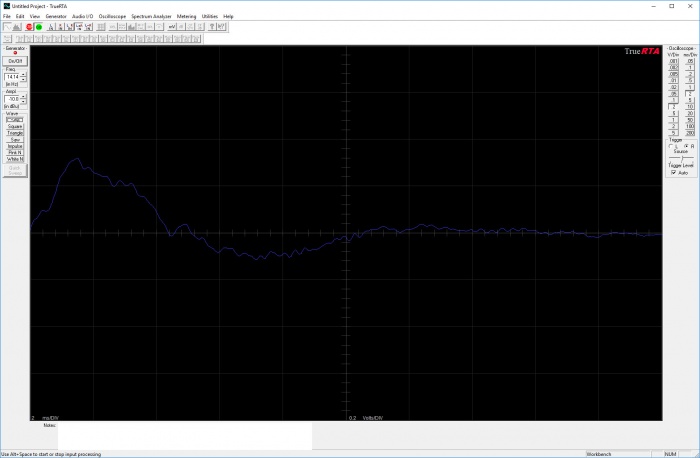

The rate of stroke was lower with the salt substitute than with regular salt (29.14 events vs.

The mean duration of follow-up was 4.74 years. The mean age of the participants was 65.4 years, and 49.5% were female, 72.6% had a history of stroke, and 88.4% a history of hypertension. The primary outcome was stroke, the secondary outcomes were major adverse cardiovascular events and death from any cause, and the safety outcome was clinical hyperkalemia.Ī total of 20,995 persons were enrolled in the trial. The villages were randomly assigned in a 1:1 ratio to the intervention group, in which the participants used a salt substitute (75% sodium chloride and 25% potassium chloride by mass), or to the control group, in which the participants continued to use regular salt (100% sodium chloride). The participants had a history of stroke or were 60 years of age or older and had high blood pressure.
#Truerta 3.5.2 download trial#
We conducted an open-label, cluster-randomized trial involving persons from 600 villages in rural China. Salt substitutes with reduced sodium levels and increased potassium levels have been shown to lower blood pressure, but their effects on cardiovascular and safety outcomes are uncertain. These findings suggest a sex-specific impact of repeated adversity on neurostructural development and implicate PNNs as a contributor to associated behavioral dysfunction. We also observed a sex-specific, potentiated reduction in PV + PNN structural integrity. Moreover, females – but not males – exposed to multiple hits of adversity demonstrated a reduction in PFC PV cells in adulthood. We observed a female-specific effect of adversity on hyperactivity and risk-assessment behavior. PNNs are extracellular matrix structures formed during critical periods in postnatal development that play a key role in the plasticity of PV cells. In adulthood, anxiety-like behavior was assessed in the elevated zero maze and the presence and structural integrity of PFC perineuronal nets (PNNs) enwrapping parvalbumin (PV)-expressing interneurons was quantified. We modeled early life adversity in rats via maternal separation (postnatal day (P)2-20) and juvenile social isolation (P21-35). Evidence from animal models points to effects of adversity on later-life neural and behavioral dysfunction however, few studies have investigated the neurobiological underpinnings of sex-specific, long-term consequences of multiple developmental stressors. Importantly, repeated adverse experiences throughout childhood increase the risk for PFC-mediated behavioral deficits more commonly in women. Adversity early in life substantially impacts prefrontal cortex (PFC) development and vulnerability to later-life psychopathology.


 0 kommentar(er)
0 kommentar(er)
